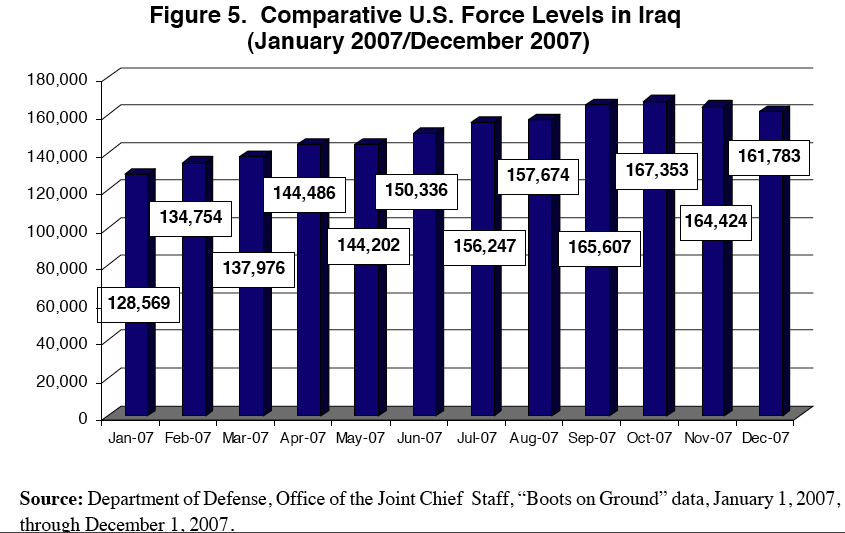A manager who does not accept estimates with range for uncertainty demonstrates a desire to be lied to.
A mundane corporate drama
We’re at a staff meeting of a company reliant upon but not about software.
Halfway through the hour long meeting, they start talking about a new software dependent product. The product has been a bullet point and a few sentences for months but now has some artwork and wireframes.
After a general conversation, the sponsor turns to the development team, “How much work is this?”
The team makes an educated guess – whether on the spot or after some closed room review. They express this as:
- a rough sense of effort (easy, hard)
- analogous to some other project or effort (at least as much work as)
- a broad timeframe (month, quarter, week)
- a range (it will take 2-4 days/months)
- The team also describes some of the risks and uncertainties in general terms.
“Yes, but on what date will it be done? How much will it cost?”
What is an estimate?
A prediction made at a point in time with best available knowledge.
An estimate is fraught with more or less uncertainty. Early on an estimate has a very high degree of uncertainty — as high as an order of magnitude. As work proceeds depending on the risks involved, an estimate can become more accurate.
An estimate is subject to risk tied to the nature of the work, the organization, and/or external conditions.
Formal estimates (intended for consumption outside the team itself) should be expressed at an appropriate precision for the point in time they are made and with an appropriate range of error. Formal estimates should always include some analysis of the risks that might affect that estimate.
In our drama, the range of error is wildly large.
- What is being built has never been built before — or — if it has, not by this particular team.
- The build requires new learning and original problem solving.
- The product launch is dependent upon third party tools, existing systems or data.
- The ‘team’ doesn’t represent all the skills and access required to complete the software.
More fundamentally:
The sponsor doesn’t know what they want and to the degree they think they know what they want it will change during the course of the project.
And, even more fundamentally:
The sponsor isn’t the end user and doesn’t exactly know what those end users will find useful or desirable.
An estimate is a planning tool. Not a bid. Not a commitment.
A bid is a proposal to do a certain amount of work for a certain cost. It may or may not lock in a minimal required delivery. If so, it is managed as a revenue stream and losses against that stream are made up by other streams. A certain overhead for profit is planned in. A contract formalizes this as a business arrangement.
A commitment is a determination by a group of people to meet a certain goal. It is a real commitment if people make it themselves, there’s a clear and demonstrable definition of completion, if they believe it is achievable, if it is achievable, and if achieving it actually makes a difference for the individuals involved and for their company.
“Yes, but on what date will it be done? How much will it cost?”
“Give yourself a margin for safety – say 10% to 15%. I want a date I can trust.”
Why do estimates become a contract?
- Companies lock in resources and budgets months before any work is under way.
- Managers are under pressure to provide hard dates and costs to their bosses.
- Managers may be used to working with outside vendors on a fixed cost basis.
- Managers may be experienced in another kind of business with well-established, repeatable processes.
When people are under pressure they embrace certainty – even when they know none exists. Short of that certainty they want to know their staff cares, will work hard and is committed to delivering for them.
And they want the team to demonstrate their commitment by making a commitment.
But if the manager is capable of trust and new learning, has good intentions, and is focused on achieving their goals a team can turn this dysfunction around over time.
If not, seriously, look for another job because this one will cause you pain and stress. It will likely waste your hard work. It will rob you of joy and it may drive you from the software field altogether.
Rather than refuse to commit or make a bullshit commitment, commit to working toward your mutual success:
- Communicate an understanding of what a sponsor is trying to acheive.
- Demonstrate through your actions that you are working to help them achieve it.
- Acknowledge their need to make schedule and budget commitments to the degree they really need to do this
- Provide your estimates but be honest about the risks and uncertainties.
- Attack the idea of “done”. The software may (should) be releasable before the full scope is built and it will require work after it is released.
- Challenge and test assumptions about what features/implementations are needed.
- Demand the sponsor’s participation in negotiating scope all along the process.
- Make your progress visible both in tracking metrics against the goal and in demonstrating actual working code. Revise your projections as you go based on better information.
And don’t just build what your told. Build what people need. Waste as little as you can to get there.


